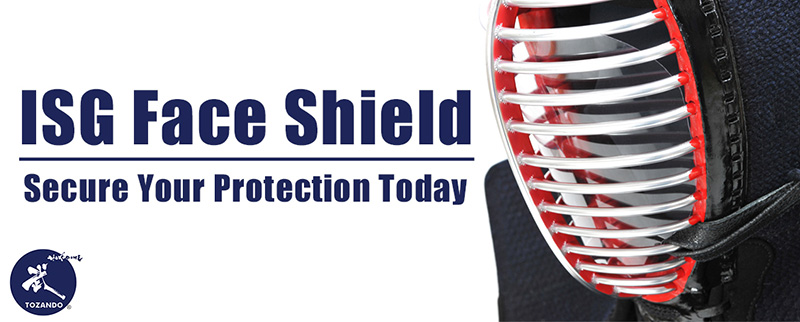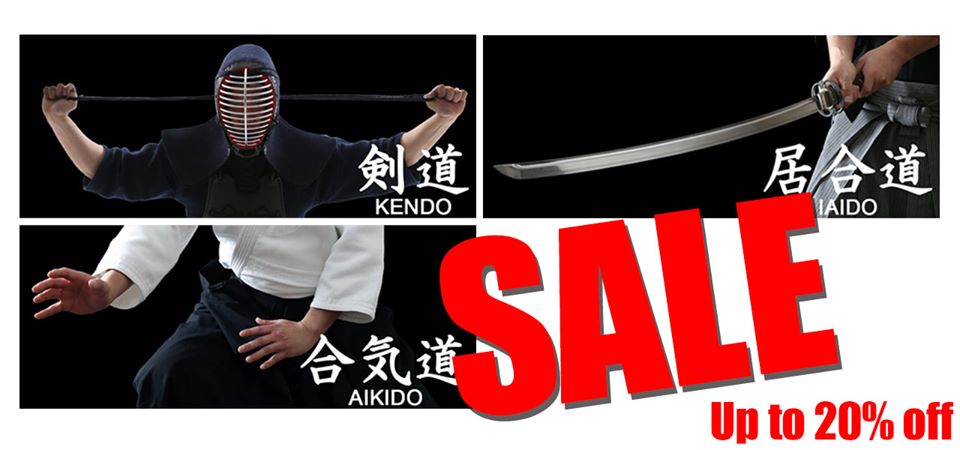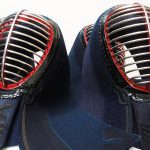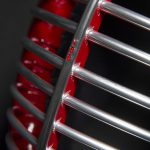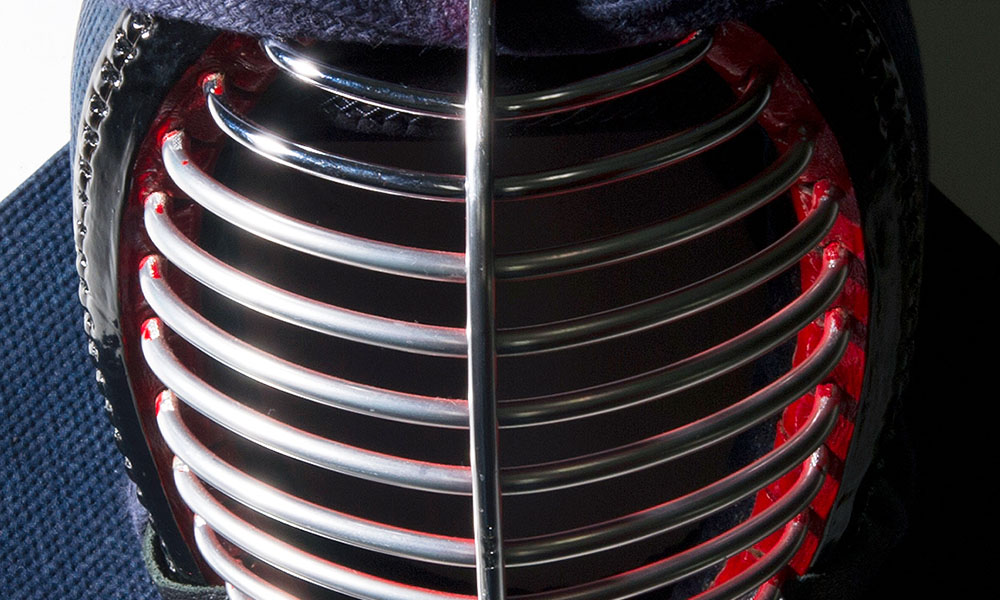
The mengane (the metal faceguard on the men) has no design extravaganza, but it carries the critical task of protecting the face – obviously a fatal spot.
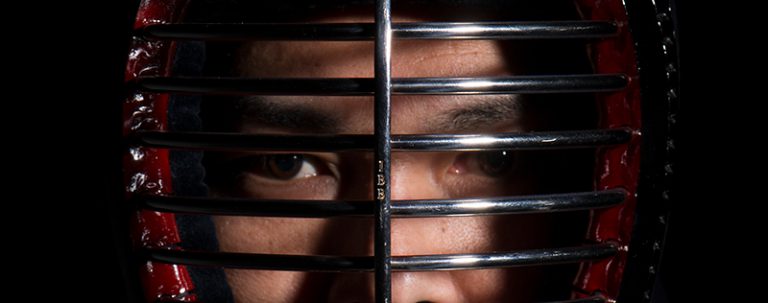
The thick vertical piece that runs through the mengane is called the mune(棟), and the many pieces running horizontally through the to are called higo(籤). The number of the mengane is actually the number of the higo. The circular base that supports the to and higo is called the daiza(台座). The mune and higo are visible, but the daiza gets buried inside the menbuchi and is completely hidden, but the daiza also absorbs the impact the most. Unlike the mune and higo, because it is buried inside, it is difficult to know when it has been twisted or dented due to repeatedly being hit. It is not easy to remove the sweat that drips onto it and this can lead to corrosion. If you keep using it while the daiza is worn out or there is corrosion happening inside, the mune and higo can suddenly begin to wobble.
That is why it is vitally important to take care of your men regularly. After practice, you should remove the sweat from the inside of the men. When not in use, leaving it to dry where there is good ventilation should help ensure its longevity. If you have been using the same men for a long time, it may be good to talk to the store where you buy your gear and get it opened up to check for necessary repairs or replacements.
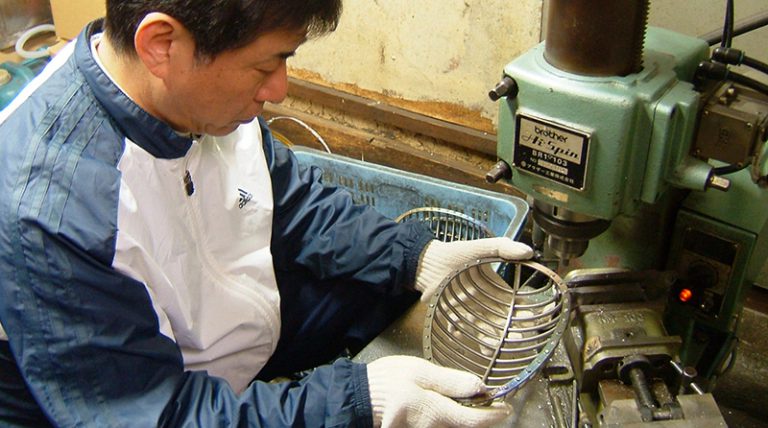
Next I want to talk about the materials. If you look at the catalog you will find iron, duralumin, light alloy, titanium, G titanium, generic titanium, duralumin with 5 titanium, titanium with light alloy, IBB titanium, and all sorts of other descriptions. If we divide them by material, there are duralumin, titanium, nickel silver, iron and stainless but today the most common ones are duralumin and titanium. Since the birth of kendo equipment iron-based mengane have been used, but it has lost popularity due to rust and heavy weight. Mengane made from duralumin is light and does not give top much pressure to the neck even with long hours of practice. Titanium mengane is stronger and absorbs shock better, but is slightly heavier and more expensive than duralmin. But considering balance of strength and weight, titanium seems to be the best material for mengane available today.
There is always the risk of danger with kendo, and the mengane that protects a vital part of the body does not receive much attention. We should be reminded that the mengane supports our kendo. On a complete side note, in the Baseball Hall-of-Fame Museum in Yokohama, Japan, there is a catcher’s mask from the Meiji era. This mask was made by remaking the kendo mengane. This is thought to be the root of the catcher’s mask made in Japan. That kendo equipment was used for a new sport just introduced into Japan shows how the mengane was highly valued as a reliable gear protecting the face.



